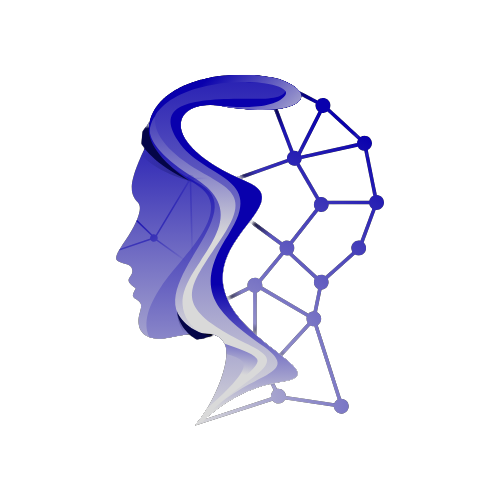Introduction
Technology evolves rapidly, and with it comes a flood of buzzwords—Cloud, AI, IoT, Big Data, Blockchain that can leave even tech-savvy people scratching their heads. Whether you’re a business professional, student, or just curious, understanding these terms is essential in today’s digital world.
This guide breaks down key tech concepts in plain language, explaining what they mean, how they work, and why they matter. By the end, you’ll confidently navigate tech discussions without feeling lost in jargon.
1. What is Cloud Computing?
Definition:
The “Cloud” refers to remote servers that store and process data over the internet instead of on your personal computer or local servers.
How It Works:
Instead of saving files on your hard drive, you upload them to services like Google Drive, Dropbox, or iCloud.
Companies use cloud platforms (AWS, Microsoft Azure) to host websites, apps, and databases without physical servers.
Common Uses:
Streaming (Netflix, Spotify) – Content is stored in the cloud, not on your device.
Software-as-a-Service (SaaS) – Tools like Gmail, Slack, and Zoom run on cloud servers.
Benefits:
✔ Scalability – Easily increase storage or computing power as needed.
✔ Cost-Efficiency – No need to buy expensive hardware.
✔ Accessibility – Access files from anywhere with an internet connection.
2. Artificial Intelligence (AI) – Beyond Sci-Fi
Definition:
AI enables machines to perform tasks that typically require human intelligence, such as learning, reasoning, and decision-making.
Types of AI:
- Machine Learning (ML) – Algorithms learn from data (e.g., spam filters, recommendation engines).
- Deep Learning – A subset of ML using neural networks (e.g., facial recognition, voice assistants).
- Generative AI – Creates text, images, or code (e.g., ChatGPT, Midjourney).
Real-World Examples:
- ChatGPT – Answers questions in natural language.
- Self-Driving Cars – Use AI to navigate roads safely.
- Fraud Detection – Banks use AI to spot suspicious transactions.
Ethical Concerns:
⚠ Bias in AI – If trained on flawed data, AI can reinforce stereotypes.
⚠ Job Disruption – Automation may replace certain roles.
3. Internet of Things (IoT) – A Connected World
Definition:
- IoT refers to everyday objects connected to the internet, collecting and sharing data.
How It Works:
- Devices have sensors that communicate with each other.
- Examples: Smart thermostats (Nest), fitness trackers (Fitbit), smart fridges.
Benefits:
✔ Convenience – Control home devices remotely via smartphone.
✔ Efficiency – Smart energy meters reduce electricity waste.
Risks:
⚠ Security Threats – Hackers can exploit weak IoT device security.
⚠ Privacy Concerns – Devices may collect personal data without consent.
4. Other Key Tech Terms Explained
A. Big Data
- Definition: Extremely large datasets analyzed for patterns.
- Uses: Predicting trends (e.g., Netflix recommendations, healthcare research).
B. Blockchain
- Definition: A decentralized digital ledger (not just for Bitcoin!).
- Uses: Secure transactions, supply chain tracking, smart contracts.
C. 5G
- Definition: The 5th generation of wireless technology.
- Impact: Faster speeds, lower latency, better support for IoT devices.
D. Cybersecurity
- Definition: Protecting systems from digital attacks.
- Why It Matters: Cybercrime costs billions yearly—strong passwords and encryption are vital.
Conclusion
Understanding these tech terms—Cloud, AI, IoT, Big Data, Blockchain, 5G, and Cybersecurity helps you stay informed in a fast-changing digital landscape. Whether you’re adopting new tools, making business decisions, or just curious, knowing the basics empowers you.
Got questions? Drop them in the comments! Want more tech breakdowns? Subscribe for updates.





